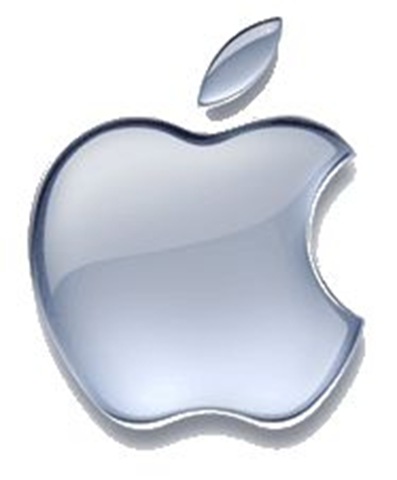
What do Apple, IBM and Google have in common? They are all super brands, with a hefty $100,000 million price tag attached to the value of their brand alone (WPP, 2012).
What's in a brand?
Within this blog, we've always tackled news relating to different brands, however it would be good to start off by understanding what actually makes a brand, and why branding is so important.
A brand can relate to any distinguishing name or symbol, such as a logo, sign, design that can identify one company, or it's products or services, from competitors. A brand also involves the image or association that comes to mind when consumers think about a particular company, product or service. Factors such as product quality, customer service and pricing will also have an impact on the brand - in fact, according to Amir Kassaei, a brand is 'the sum of all the experiences you have with a company'.
For example, when you think of McDonalds's you think about fast service, consistent food taste and quality; Kleenex is associated with a cleaning tissue that is soft yet strong.
Why is branding so important to overall business strategy?
1. Recognition
One of the key benefits of branding is that customers find it much easier to remember about a particular company. The brand in this case acts as a convenient reminder of reputation and good will. When a brand is easily recognisable, customers won't refer to 'that whatsitsname shop' or 'that consultant I met at the conference last week'.
To build recognition, a company needs to focus on unique identifiers and work hard to associate these with the company name in the minds of the public. Some examples include offering unrivalled customer service or using an unusual or eye catching colour combination (such as DHL).
2. Loyalty
Once people start building a positive experience with a recognisable brand, they are more likely to continue purchasing that product or service in future. The aim should be to build such a close bond with customers that they do not only repurchase, but they also up-sell and cross-sell to buy related items of the same brand, recommend the brand to their friends and stay away from competitors' offers.
A strong brand identity helps to create and embed such loyalty - an example that comes to mind relates to the supposedly millions of people who have the 'Harley-Davidson' brand tattooed on their body. In some cases, customer loyalty to a brand can be so strong, that even the slightest change can have a significant impact on the way the brand is perceived. For example, when Coca-Cola decided to launch New Coke in 1985, the outrage and negative reaction that ensued by the public were so strong that Coca Cola had to retrace it's decision and go back to the 'old Coke'.
3. Price Premium
Nowadays, when competition can be extremely harsh, there can only be a few companies within a particular market that are known as the cheapest. All other market players, will need to identify ways of differentiating themselves from the rest of the market.
A strong brand will help to achieve this - and will do so in such a way as to encourage customers to pay for the intangible benefits that they get by associating themselves with that specific brand. This might be because it makes them feel cool, clever, younger or more fashionable. Think of some people's willingness to fork out significantly more for a well branded pair of sunglasses (such as Gucci), versus an alternative unbranded pair.
But how do you go about building a successful brand? We'll tackle this topic in our next article.


No comments:
Post a Comment